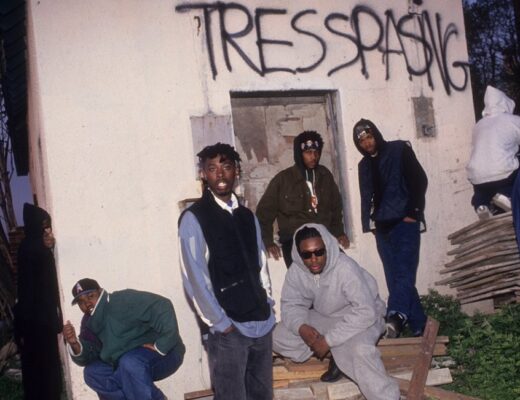The Unholy is a jump scare-centric, heavy-handed horror slog with little atmosphere and even less mystery.
Keeping the good old-fashioned huckster spirit alive, Sony’s genre imprint Screen Gems is releasing the new Catholic-tinged horror flick The Unholy just in time for Easter. It might’ve been an easy way to court some controversy from religious types if this was any other year and people were actually going to movie theaters. As it stands, a bit of ginned-up conservative furor is about the only thing that could’ve threatened to make The Unholy even the slightest bit interesting, so devoid is it of any other redeeming facet. A loud, obnoxious movie, full of screeching sound effects in lieu of actual scares, The Unholy seems designed entirely to induce undemanding teenagers to look up from their phones for a few seconds before going back to whatever they were already doing.
Written for the screen and directed by Evan Spiliotopoulos, adapting the novel Shrine by James Herbert, The Unholy begins with a prologue set in the mid-19th century, as some priests nail a mask over a woman’s face, hang her from a tree, and then burn the body. Fast forward a couple of centuries, and we are introduced to Gerry Fenn (Jeffrey Dean Morgan), a hard-drinking, down-on-his-luck reporter writing up junk stories for a tabloid for a few bucks a pop. Driving out to a small farming town called Banfield to investigate a report of cattle mutilation — turns out, it’s a prank involving kids putting a Metallica logo on a cow’s butt — Fenn stumbles across a real story: a deaf, mute girl named Alice (Cricket Brown) has had a vision of the Virgin Mary and can suddenly hear and speak. It’s a bona fide miracle, she claims. Her uncle, Father Hagan (William Sadler), the town priest, tries to keep things under wraps, but locals begin flocking to Alice as she starts performing miracles of her own and gives pronouncements that she claims come directly from Mary. Fenn is skeptical, as is local doctor Natalie Gates (Katie Aselton). Soon enough, the Catholic Diocese has dispatched Bishop Gyles (Cary Elwes) and Monsignor Delgrade (Diogo Morgado) to disprove the miracles or, failing that, designate Banfield as a new holy ground, a la Lourdes. Fenn and Alice bond, and because she seems to be willing to speak freely to only him, his star rises as the story becomes national news. It’s his ticket back to the big leagues, and Morgan leans into the swagger of playing an unrepentant asshole who can still charm when he needs to. Aselton’s tough, no-nonsense doctor and Sadler’s ailing priest are on hand to fill Fenn in on the local history, while Elwes’ Bishop and Morgado’s inquisitor pop up only as the narrative demands. It’s a pretty good cast that gets wasted on a messy, disorganized script, which wants to deal with ethics in journalism, the nature of miracles, people’s willingness to be led by blind faith, and the complicity of organized religion in perpetuating lies for its own sinister purposes. One can assume that this played better in the novel, where these various strands would have more room to breathe. In film form, the narrative lurches forward in fits and starts, never latching onto any given idea for more than a few minutes at a time.
As the audience already knows that Alice isn’t seeing the Virgin Mary, but instead channeling the vengeful spirit of whoever was being murdered in the film’s opening minutes, The Unholy charts a slow course of waiting for all of the onscreen characters to catch up to what we already know. It’s a slog, with long scenes of Morgan and Sadler digging around basements and pouring over ancient manuscripts, punctuated by obnoxious dream sequences and Fenn’s absurd visions of the spirit (rendered as a writhing mass of cheap, low-res special effects and wispy plumes of digital smoke). Spiliotopoulos ladles on these jump scares, eschewing mood and atmosphere for bad CGI and a panoply of ostentation. The camera careens all over the place, dollying in and around characters or craning in from above. It’s showy, all style for style’s sake, constantly undercutting any tension and managing to convey only how hard the cinematographer worked. The whole thing is clearly indebted to the work of Sam Raimi, who produces here alongside Rob Tapert under their Ghost House banner, but Spiliotopoulos doesn’t have Raimi’s talent for true, go-for-broke mayhem. There’s a markedly low body count on display here, and the PG-13 rating renders the few death scenes bland and toothless. It all wraps up exactly like you think it will, with nary a surprise in sight, petering out with a whimper. For all the debate these days over “elevated horror,” it’s junk like The Unholy that will make you long for the slow burn of yet another A24 project.







